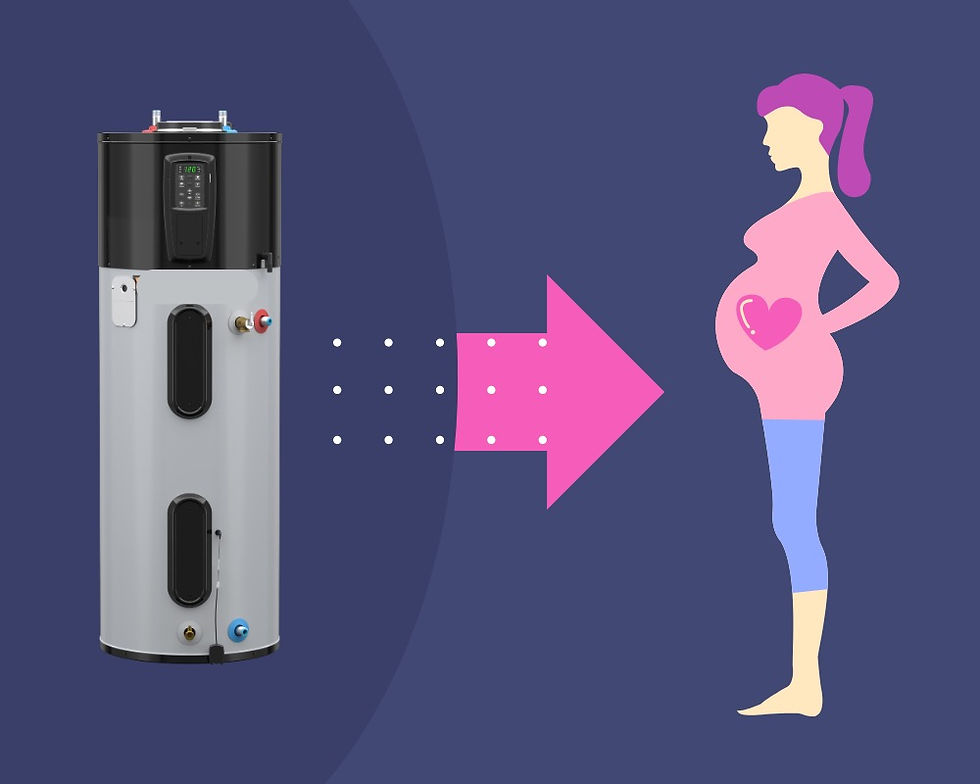Reducing Plastic Pollution - Key Takeaways
- Donna Staton
- Jul 29, 2021
- 2 min read
Updated: Jul 30, 2021
Key Takeaways from GTLA’s First Plastic Free July
In July 2021, GTLA joined the global Plastic Free July movement and hosted its very first Plastic Free July Campaign. Thanks to everyone who participated! Dozens of members from the GTLA community pledged to learn more about plastic pollution, its health and environmental effects, and how to be part of the solution. We hope these efforts will continue!
The goals of our weekly communications (emails and Instagram posts) were to:
Raise awareness of the plastic pollution problem
Provide resources for learning more and teaching others
Demonstrate easy ways to reduce plastic consumption, and
Inspire participants to advocate for legislation that:
reduces unnecessary plastic
holds manufacturers and sellers of plastic accountable for managing the waste produced (extended producer responsibility, or EPR), and
moves us toward a “circular economy” where waste is either biodegradable or truly recyclable (e.g., aluminum, glass, cardboard)
Learn More, Do More!
Our two GTLA Summer Interns, Michael Luk and Anneli Chow from Los Altos High School, helped us compile a set of resources we hope you will continue to use and share with others.
Here they are again for easy access:
Essential Resources for learning more about the environmental & health effects of plastic pollution
Plastic Free Shopping (groceries, household & personal care items, gifts, etc.)
Everyday Swaps for reducing your plastic use
Local, State and Federal Legislation to support to have an even greater impact on reducing plastic pollution
Four key takeaways we hope you learned from the campaign:
Understanding that plastic is a petroleum product, and its manufacture and marketing are deeply connected to oil and gas extraction and processing, and therefore to climate change and all its associated social and environmental injustices.
Realizing that recycling is NOT the answer to plastic pollution! Just 8% of plastic waste in the US is recycled, and only 3% of that is recycled into a similar quality product. The fossil fuel industry wants us to think plastic recycling is the answer, but it doesn’t work. Plastic ultimately ends up in our oceans, or in landfills, or in the air as micro- and nanoparticles. It’s basically an “oil spill” in each of these locations.
There are serious health effects both to humans and wildlife from the chemicals used in plastics. Toxic and often hormone-disrupting, these chemicals enter our bodies mainly from the food and beverages we consume (chemicals contaminate food during processing that uses plastic machinery and from the containers, packaging and nonstick cookware) but also from contact with and dust from synthetic clothes and furniture, carpet, drapes, etc.
Individual actions at home to reduce plastic do help, and certainly protect our health, but to effect the changes needed we must confront the producers of plastic through policies and laws that reduce plastic at the source. Some plastic of course is essential (e.g., for certain medical and industrial needs), but much of it (single-use plastic packaging) can be replaced with healthier and environmentally friendly materials.
The Zero Waste Team at GTLA learned a lot during Plastic Free July—we hope participants did too.
We welcome your ideas on how to improve future PFJ campaigns, and/or how to reduce plastic in general anytime!
Feel free to email Donna Staton donna@greentownlosaltos.org to share your thoughts.




Comments